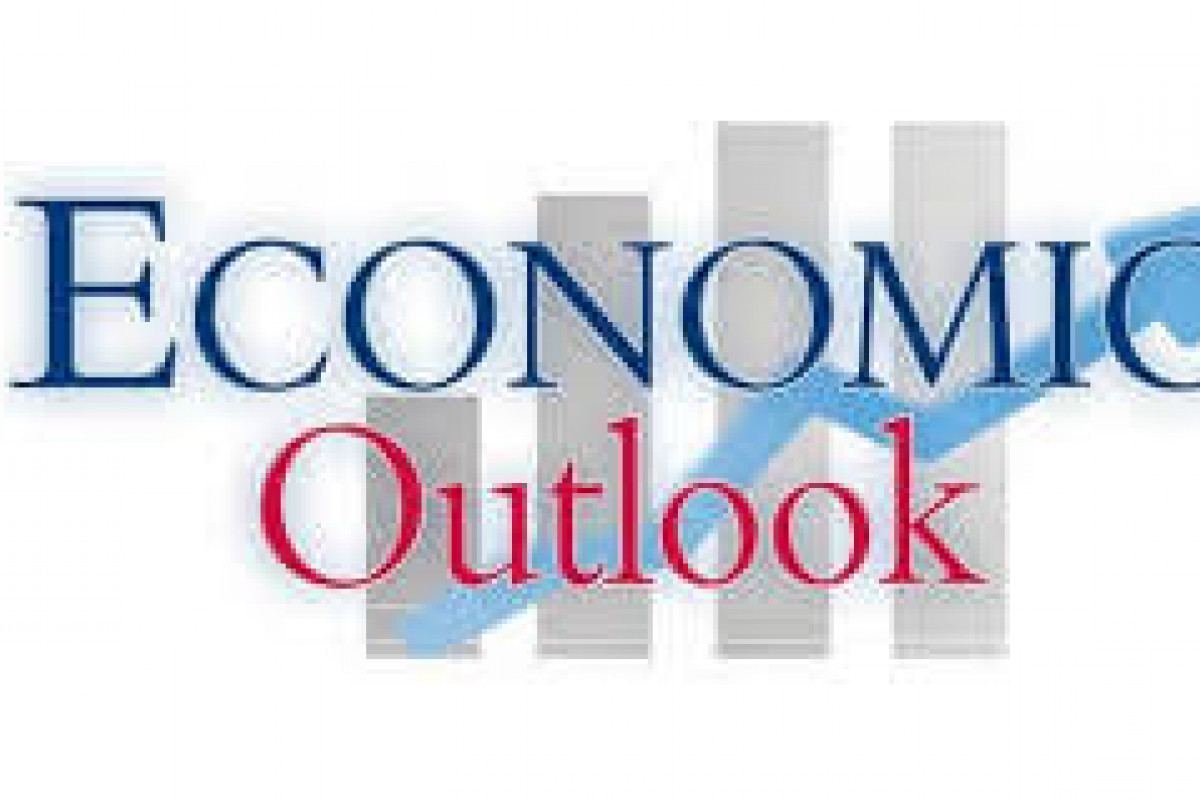Zimbabwe remains
in a difficult macroeconomic environment, with widespread food insecurity and hyperinflation. According to Mthuli
Ncube, the economy was projected to grow by 5.5% in 2022, driven by
increased output in mining, manufacturing, agriculture, construction, tourism, and food services. In the middle of the year, the forecast had to be lowered, as the
Zimbabwean dollar depreciated. Recent economic activity has been subdued as a
result of low consumer spending, power outages, foreign currency and local
currency shortages, hyperinflation, and high taxes. To control demand for US
dollars, the Reserve Bank of Zimbabwe (RBZ) issued gold coins. The cost of each
gold coin is pegged at international gold price marketing. Most Zimbabweans
have expressed their concern over the introduction of gold coins as most people
cannot afford to purchase these gold coins.
Currently, there is a shortfall of domestic supplies of local currency and electronic currency due to the measures adopted by the government through the reserve bank, where the government has stopped payment to suppliers of services and goods who have overpriced their invoices or pegged their invoices at parallel market rates. PMRC is of the view that the measures effected by the government seems to be significantly stabilizing the local currency in the recent weeks.
EXCHANGE
RATES
As of 19 September 2022, the interbank rate is sitting at ZW$604.2580 per US dollar with businesses allowed to add 10% mark-up pricing on goods and services, hence the market spread is between ZW$650 and ZW$700. Over the past three weeks, the black-market rate has been glued at ZWL$ 800, which has allowed the RBZ rate to close the gap, hence showing signs of stability of the Zimbabwean dollar. However, economists have cautioned that the current exchange rate stability might be short-lived.

